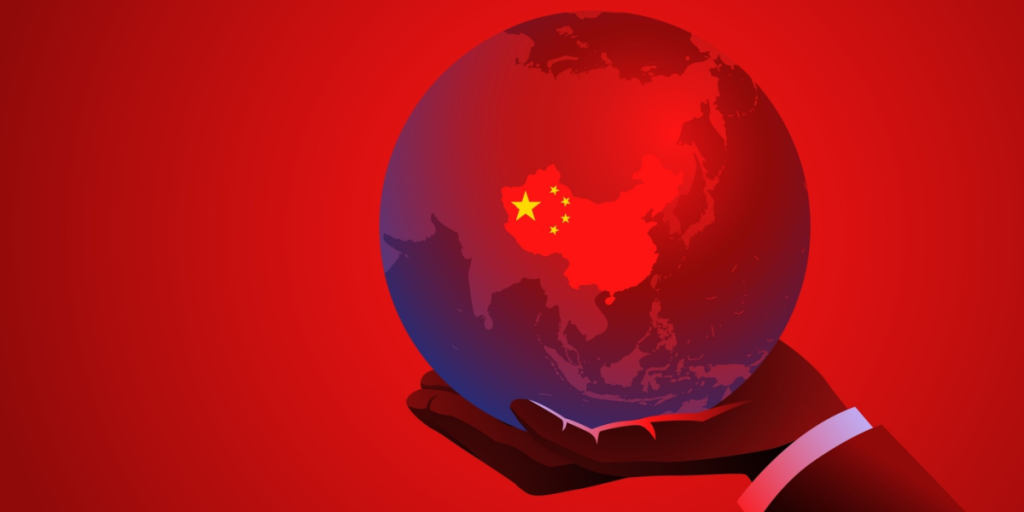The AI industry has been asking the same question over and over lately: Is China starting to overtake the United States in artificial intelligence?
Others are reading now
The AI industry has been asking the same question over and over lately: Is China starting to overtake the United States in artificial intelligence?
It’s a debate reignited by Nvidia CEO Jensen Huang, who made headlines last week after stating that “China is going to win the AI race.” Huang cited Western cynicism, export restrictions, and China’s energy advantage, arguing that companies there can secure electricity supplies far more easily than in the West. He later softened the claim, clarifying in a post on Nvidia’s X account that China was “nanoseconds behind America in the AI race.”
Still, his original comments touched a nerve. While Huang may have his own strategic interests—Nvidia’s chips are central to the global AI boom—there are growing signs that China is indeed narrowing the gap.
The energy advantage
If the AI race ultimately depends on infrastructure—specifically, which nation can build and power the largest, most efficient data centers—China currently holds a clear advantage. The country’s ability to execute large-scale projects quickly, coupled with heavy government coordination, has given it a decisive edge in construction speed and energy planning.
As Huang pointed out, subsidized electricity and streamlined regulatory processes make it far easier for Chinese companies to operate energy-intensive AI facilities. By contrast, U.S. firms face a patchwork of regulations and higher energy costs that can slow expansion.
Also read
Power supply has already emerged as one of the biggest bottlenecks for AI development. While Beijing appears to be tackling this challenge head-on, some American data centers are struggling to access enough power to meet demand. Microsoft recently revealed that it has graphics processing units “sitting in inventory” because it cannot find enough energy capacity to use them.
Several U.S. tech companies are now investing in alternative power generation—such as small modular reactors and private grid projects—but these efforts will take years to deliver meaningful capacity.
The open-source surge
China’s momentum extends beyond infrastructure. According to a recent report from Andreessen Horowitz (a16z), China has now overtaken the United States in open-source AI downloads, a milestone the firm dubbed a “skull graph moment”—the point at which a challenger not only closes the gap but begins to pull ahead.
Anjney Midha, general partner at a16z, warned that the U.S. risks falling behind in open-source AI, particularly given the rise of Chinese startups like DeepSeek and its R1 model. These companies are known for rapidly optimizing processes—replicating technologies developed elsewhere but producing them faster and at lower cost without compromising performance.
Recent research from Tencent and DeepSeek highlights China’s growing technical innovation. Tencent’s CALM model, for example, replaces token-by-token text generation with continuous vector prediction to boost efficiency. DeepSeek’s latest open-source model compresses text into visual representations, allowing AI systems to process far more information at lower computational cost. Some analysts believe Western firms such as OpenAI or Anthropic may already be experimenting with similar techniques behind closed doors.
A race still in progress
Also read
Despite its progress, China has not yet won the AI race. The United States retains critical advantages in semiconductor design, venture capital, and software ecosystems. But if AI leadership increasingly depends on infrastructure, energy policy, and open collaboration, Beijing’s coordinated strategy may continue to give it momentum.
For now, China’s position in the AI race may not guarantee victory—but it has clearly made it a contender.
Sources:
Financial Times; Channel 4 News; a16z report; Reuters; Tencent AI Lab; DeepSeek Research
This article is made and published by Asger Risom, who may have used AI in the preparation


